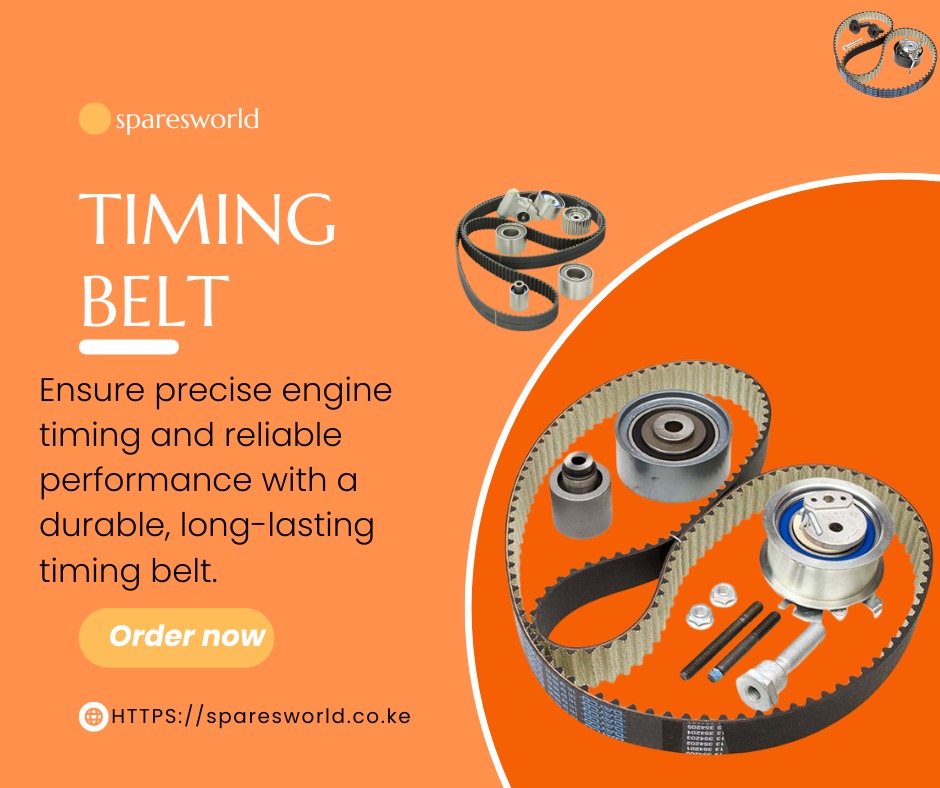When to Replace Your Timing Belt: Warning Signs to Watch For

The critical signs that your vehicle's timing belt may be on the brink of failure, and learn how to act swiftly to prevent costly repairs.
Role of a Timing Belt in your car
The timing belt is an essential component of your vehicle's engine. It synchronizes the rotation of the crankshaft and camshaft, ensuring that the engine's valves open and close at the proper times during each cylinder's intake and exhaust strokes.
Without a properly functioning timing belt, the engine's pistons and valves would collide, causing severe engine damage. The timing belt also helps drive other critical engine components, such as the water pump and oil pump, making it vital for overall engine performance.
Common Symptoms of Timing Belt Wear or Damage
One of the most noticeable symptoms of a worn or damaged timing belt is a ticking noise coming from the engine. This noise is often caused by the timing belt becoming loose or misaligned.
Other common symptoms include engine misfires, difficulty starting the car, and unusual exhaust smoke. If you notice any of these signs, it's crucial to have your timing belt inspected by a professional mechanic as soon as possible.
The Consequences of Ignoring Timing Belt Issues
Ignoring timing belt issues can lead to catastrophic engine failure. If the timing belt breaks while the engine is running, the pistons and valves can collide, causing extensive damage that often requires a complete engine rebuild or replacement.
In addition to the mechanical damage, a broken timing belt can leave you stranded on the road, leading to costly towing and repair expenses. Regular inspections and timely replacements are essential to avoid these severe consequences.
How to Check Your Timing Belt for Signs of Wear
To check your timing belt for signs of wear, start by consulting your vehicle's owner's manual for the recommended inspection intervals. Depending on your car's make and model, the timing belt may need to be inspected every 60,000 to 100,000 miles.
During the inspection, look for signs of cracking, fraying, or glazing on the belt's surface. If you notice any of these issues, it's time to replace the timing belt. Additionally, check for any oil or coolant leaks that could cause the belt to deteriorate prematurely.
Best Practices for Timing Belt Maintenance and Replacement
Regular maintenance is key to prolonging the life of your timing belt. Follow your vehicle manufacturer's recommended replacement schedule, and consider replacing the belt even if it appears to be in good condition, as timing belts can fail without warning.
When replacing the timing belt, it's a good practice to also replace the water pump, tensioner, and other related components. This ensures that the entire system functions smoothly and reduces the risk of future failures. Always use high-quality replacement parts and have the work performed by a certified mechanic to ensure the best results.

 Loading..
Loading..